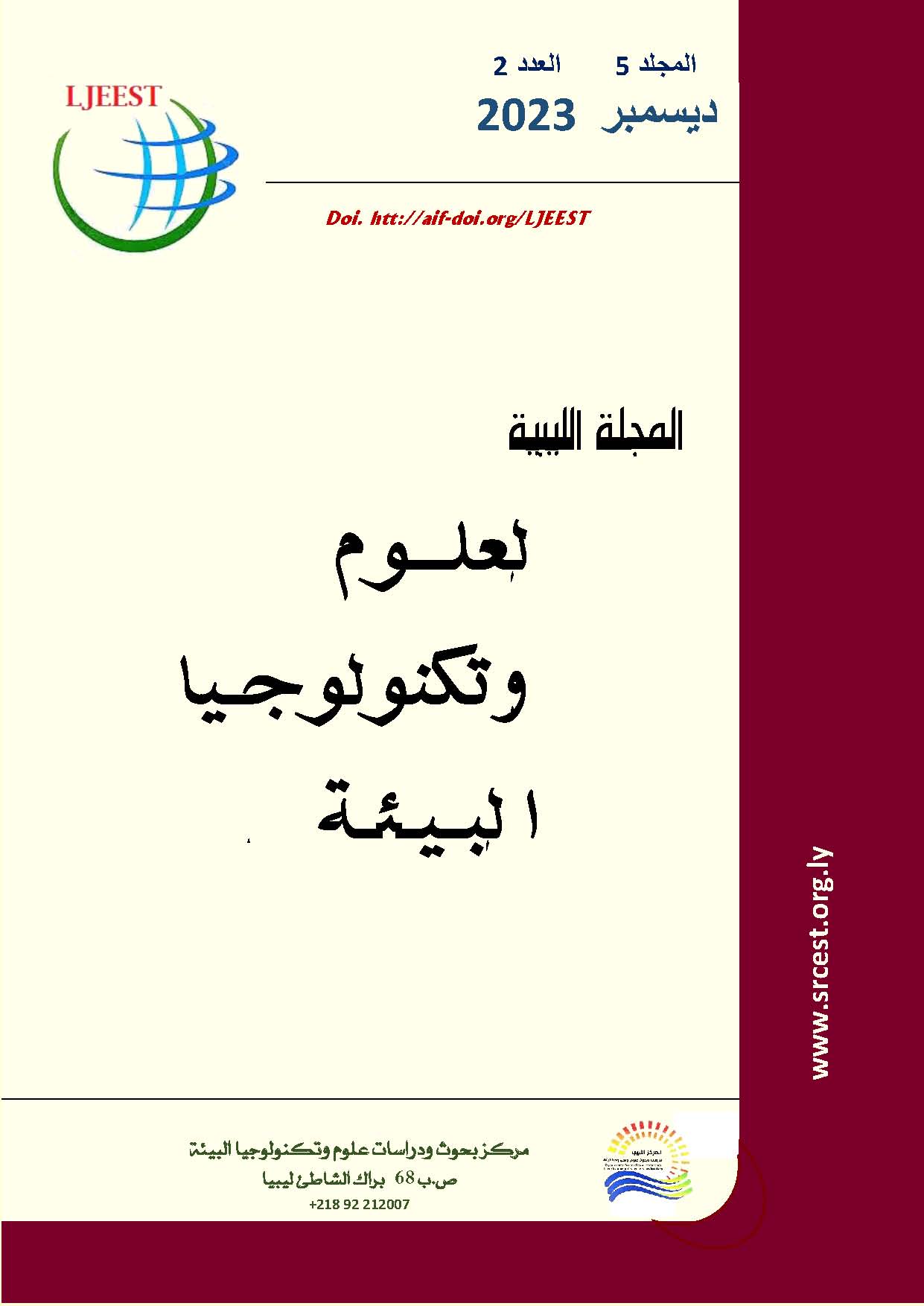تطوير استبيان لتحديد اعشاش ومراقبة الصقر الاسخم (Falco concolor) في جنوب شرق ليبيا
DOI:
https://doi.org/10.63359/xyf11575الكلمات المفتاحية:
الصقر المدخن، الاتحاد الدولي لحفظ الطبيعة، التعشيش، الطيور، شرق ليبياالملخص
الصقر الأسخم (يعرف محليا سلو الصحراء او بصقر الغروب ) يتكاثر بشكل جماعي في الصحاري الحارة والجافة والمواطن الساحلية تفتفر للغطاء النباتي، وعلى الجزر المرجانية، حيث يتزامن تكاثره مع هجرة الطيور الصغيرة التي يتغذى عليها. يعشش في حفرة أو على حافة صخرية، ولكن في بعض الأحيان في مواقع أخرى مثل أعشاش البجع القديمة وأسواق الجمال. تم توزيع استبيان على مربيي الطيور الجارحة في شرق ليبيا بمساعدة منظمة الحياة لحماية الكائنات البرية والبحرية، وهي عضو في الاتحاد الدولي لحماية الطبيعة. هدف الاستبيان هو جمع المعلومات لدراسة مسح وتحديد أماكن اعشاش ومراقبة الصقر الأسخم. أكمل 72 مربيًا وأفرادًا مهتمين بالموضوع الاستبيان، وقدموا ملاحظاتهم حول الصقر الأسخم ، بما في ذلك تحديد أزواج الطيور ، والأفراد، وأماكن التعشيش، ومصادر الغذاء. أظهرت الدراسة أن الجغبوب شهدت زيادة كبيرة في أعشاش الصقر الأسخم والطيور الفردية مقارنة بتازربو. أعوام 2021 و 2022 شهدت زيادة ملحوظة في عدد الطيور الفردية والأعشاش. توفر هذه النتائج رؤى قيمة حول ديناميات السكان وأنماط التكاثر للصقر الأسخم في مناطق الجغبوب وتازربو. في الختام، قدمت الدراسة معلومات قيمة حول وجود الصقر الأسخم وسلوكه في شرق ليبيا، والتي يمكن استخدامها لدعم جهود الحفاظ على هذا النوع. تسلط نتائج الدراسة أيضًا الضوء على أهمية إشراك المجتمعات المحلية في البحوث والحفاظ على الحياة البرية.











